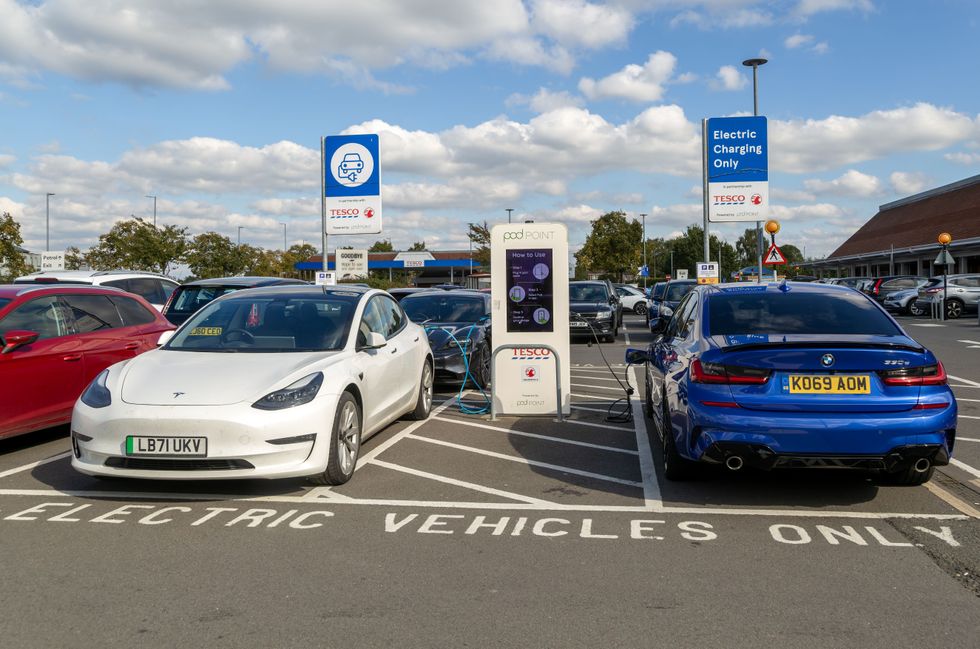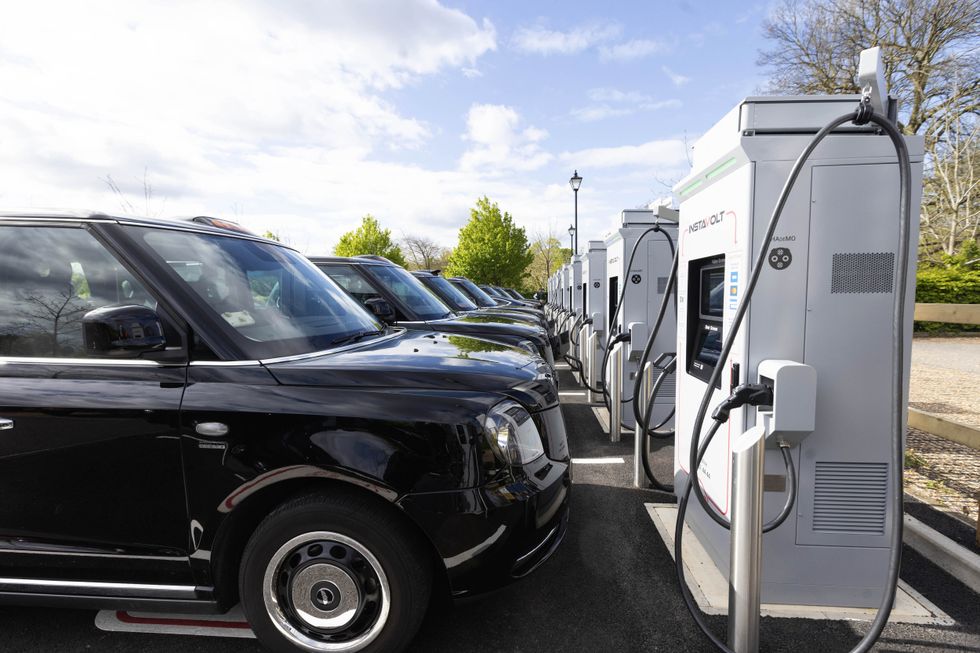UK sees electric vehicle revolution with huge spike in new chargers as drivers witness ‘record year’
The UK’s electric vehicle charging network saw unprecedented growth in 2024, with more than 20,000 new charge points installed across the country.
The total number of public charging points reached 73,699 by year-end, marking a substantial 38 per cent increase from 2023, according to new figures from Zapmap.
Installation rates accelerated throughout the year, with the monthly average rising from 1,400 to 1,650 new charge points.
The expansion represents the most significant annual growth in the UK’s charging infrastructure to date, supporting the nation’s transition to electric vehicles.
Do you have a story you’d like to share? Get in touch by emailing motoring@gbnews.uk

Ultra-rapid charging infrastructure saw particularly strong growth, with a dramatic 84 per cent increase in 150kW+ chargers compared to 2023.
By the end of 2024, more than 7,000 ultra-rapid chargers were available across the country, contributing to a total of over 14,000 rapid chargers above 50kW.
The number of charging hubs, defined as locations with six or more 50kW chargers, more than doubled from 264 to 537 during 2024.
These high-powered facilities are being deployed beyond traditional motorway services, appearing at retail parks, car parks and even farm shops.
Driver satisfaction with electric vehicles reached remarkable levels in 2024, with Zapmap’s annual survey revealing an 87 per cent average satisfaction rating. Less than three per cent of EV drivers expressed any desire to return to petrol or diesel vehicles.
While eight in 10 drivers charge at home, public charging infrastructure remains vital, with 51 per cent using public networks at least monthly.
Melanie Shufflebotham, co-founder and COO at Zapmap, said: “Last year was another record year for charging infrastructure growth with en-route charging points, in particular, being installed ahead of the growth in electric vehicle sales.
“As we move into 2025, we can expect to see the benefits of the PCPR consumer regulations coming into effect combined with the impact of LEVI-funded projects reaching local authorities and bringing more equitable access to charging devices.
“Confirmation on a strong and clear ZEV mandate, following the Government’s recently communicated consultation, will also help to bring certainty and confidence to both infrastructure providers and UK drivers that the transition is happening now.”
The National Audit Office has confirmed the UK is on track to meet Government targets for public charge points by 2030, namely having 300,000 chargers installed.
The rapid expansion of charging infrastructure is reflected in usage statistics, with over two and a half million successful charging sessions completed monthly by the end of 2024.
Rod Dennis, senior policy officer at the RAC, said: “It’s positive to see that the availability of EV charge points is improving.
LATEST DEVELOPMENTS:
- Electric car with solar panels has 400-mile battery range as 50,000 reserve the ‘future of transport’
- Drivers face £100 penalty charges for breaking new traffic rules which ‘puts lives at risk’
- Rolls-Royce boosts British manufacturing with huge £300million investment ahead of electric car switch

“However, it’s also important that their affordability is addressed, especially for anyone without a driveway who can’t charge cheaply at home.
“There is still a huge gulf in prices between public and home chargers, partly due to the higher rate of VAT at public charge points compared to the five per cent domestic rate.”
Dennis highlighted how installations and cheaper public charging costs will help more motorists get behind the wheel of electric vehicles in the future.

